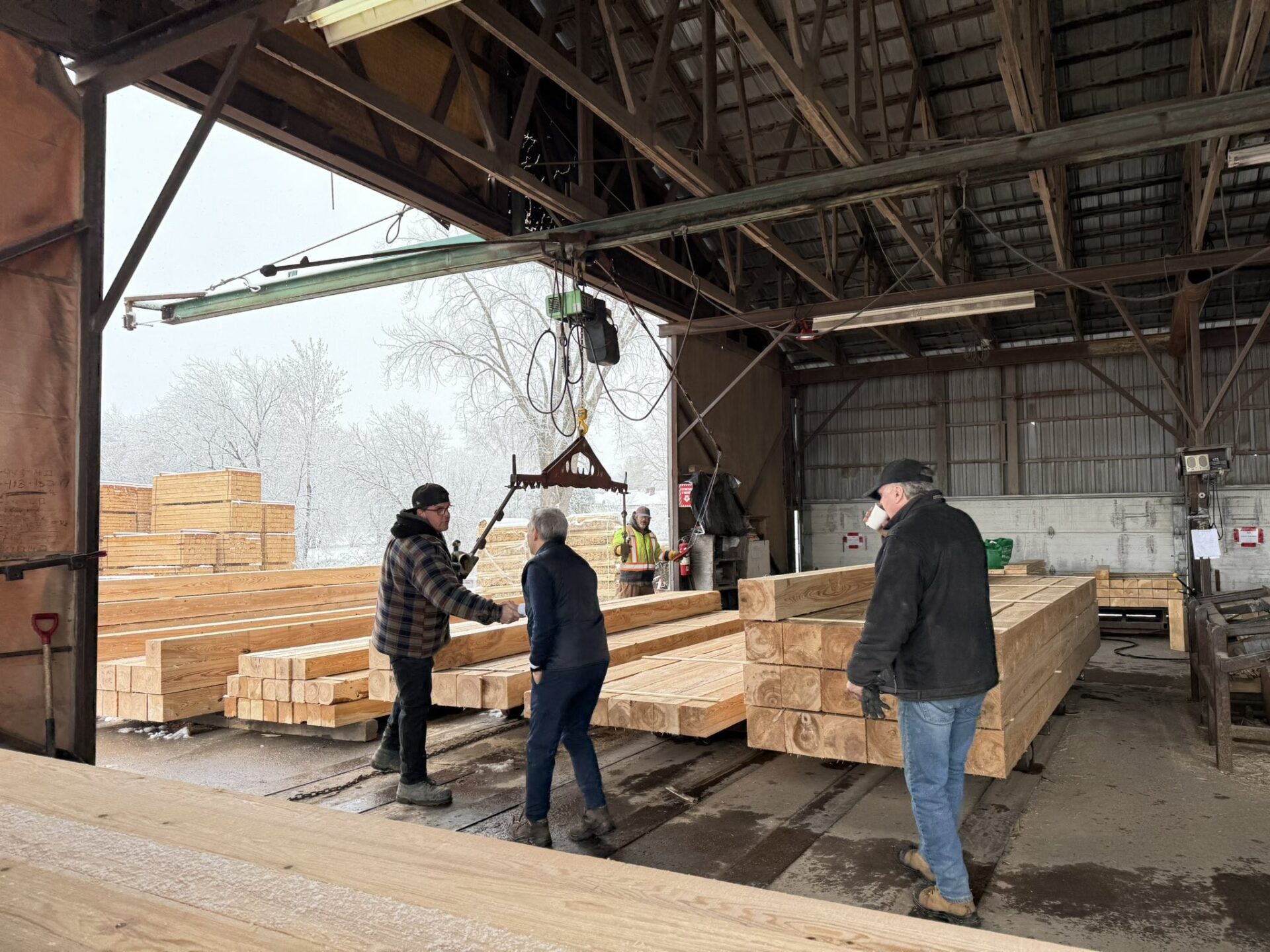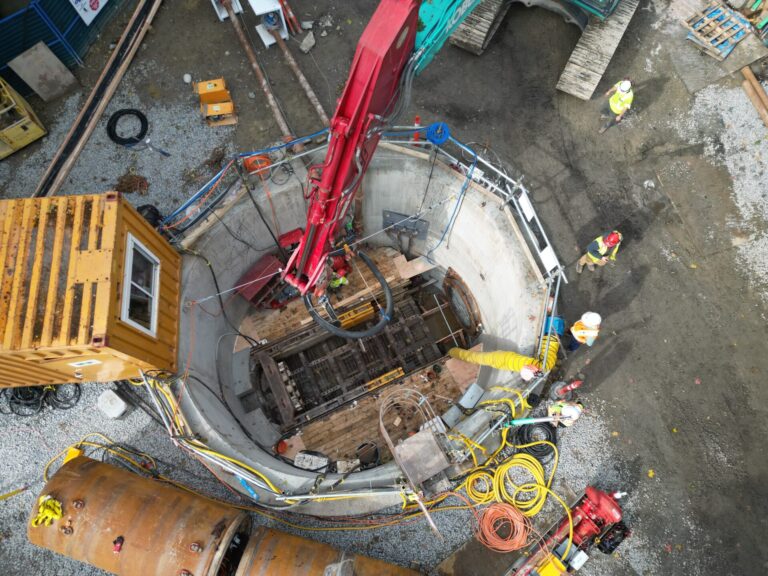The Government of Canada announced a $1.2 billion investment to support Canada’s forest sector and accelerate the use of Canadian wood in domestic construction.
The government will:
- Provide up to $700 million in loan guarantees to address the immediate pressures facing the softwood lumber sector. This will ensure companies have the financing and credit support they need to maintain and restructure their operations during this period of transformation.
- Invest $500 million to supercharge product and market diversification to make the industry more competitive for the long-term. As technology changes the way we build and demand grows for softwood lumber, this will increase domestic processing and value-added production. This investment will also include initiatives that support Indigenous-led forestry business development and diversification.
- Build Canadian by prioritizing Canadian materials in construction and changing federal procurement processes to require companies contracting with the federal government to source Canadian lumber. As the government delivers on its mandate to build major infrastructure projects faster and to increase the pace of homebuilding to nearly 500,000 new homes per year over the next decade, we will ensure Canadian lumber and other Canadian materials are prioritized in that construction. Once established, Build Canada Homes will provide financing to innovative private sector home builders in Canada that use Canadian technologies and resources, like mass timber and softwood lumber.
- Diversify international markets for Canada’s sustainably sourced forest products. We will launch a new initiative to diversify exports of Canadian wood products, including the reinvigoration of federal programming to expand offshore markets for sustainable, innovative, high-quality products. In fast-growing regions with rising demand for housing and other buildings, we will promote Canadian lumber as an affordable, sustainable solution.
- Provide $50 million for upskilling, reskilling, and income supports for more than 6,000 affected softwood lumber workers through the Labour Market Development Agreements. This investment builds on temporary enhancements to the Employment Insurance (EI) program and the EI Work-Sharing program. Through this investment, we will equip workers with the tools and training they need to stay competitive – helping them adapt to new technologies, strengthen their expertise, and excel in changing industries.
“The forest sector is a pillar of Canada’s economy. As we shift from reliance to resilience, Canada’s new government will ensure the industry can transform to seize new opportunities in Canadian and international markets. In the face of a changing global landscape, we are focused on what we can control – building Canada strong with Canadian expertise, using Canadian lumber.” said Prime Minister Mark Carney.
“Canada’s forestry sector is a cornerstone of our economy. It supports nearly 200,000 good jobs in both urban and rural communities and accounts for billions in contribution to Canada’s GDP and exports every year. Through the actions announced today and existing supports, we are committed to protecting this key industry and the workers who power it,” said François-Philippe Champagne, Minister of Finance and National Revenue.
“Canada’s natural resources are not only a cornerstone of our national identity – they are the foundation of our economy. Protecting and modernizing our resource industries in the face of tariffs and global uncertainty is critical to safeguarding Canadian jobs and communities and ensuring a prosperous and strong future,” said Tim Hodgson, Minister of Energy and Natural Resources.
The Canadian Wood Council (CWC) welcomed the announcement.
“This announcement reinforces the critical role that wood-based solutions can play in meeting Canada’s housing and climate goals,” said Rick Jeffery, president and CEO of the Canadian Wood Council. “The focus on innovation, capacity expansion, and domestic use of wood aligns well with technical insights we’ve shared over many years through our work with government, industry, and the architects, engineers, construction professionals, and developers (AECD) community.”
Featured image: (Government of Canada)












